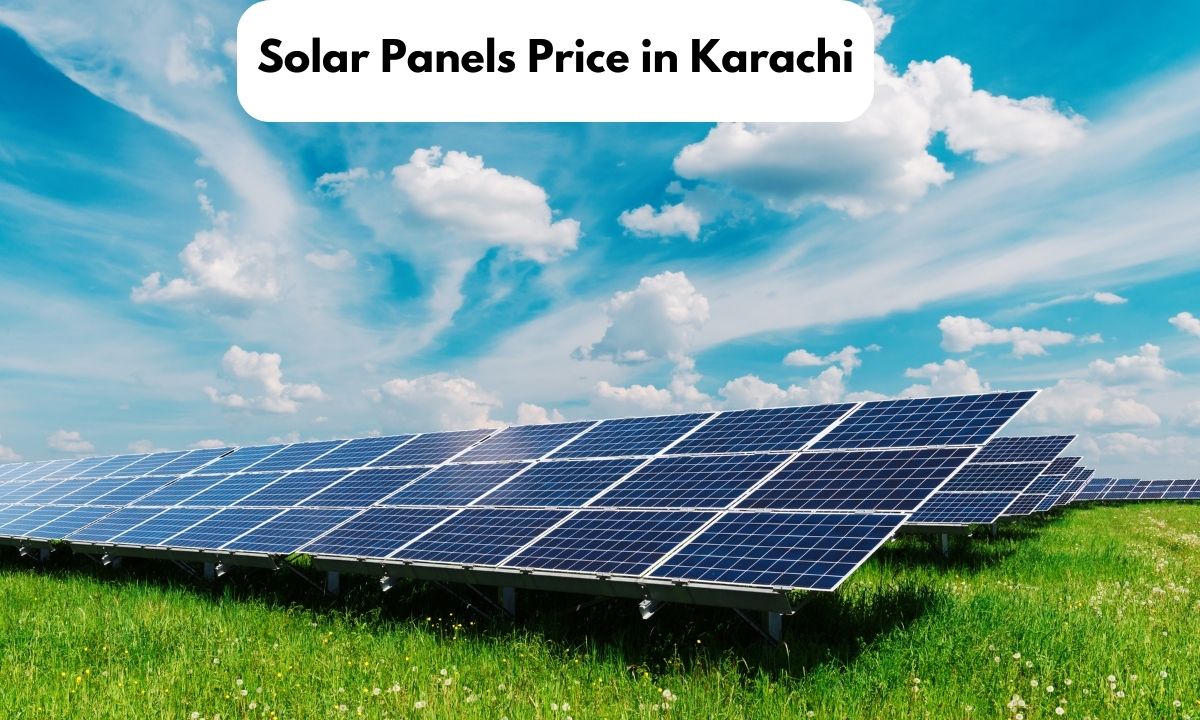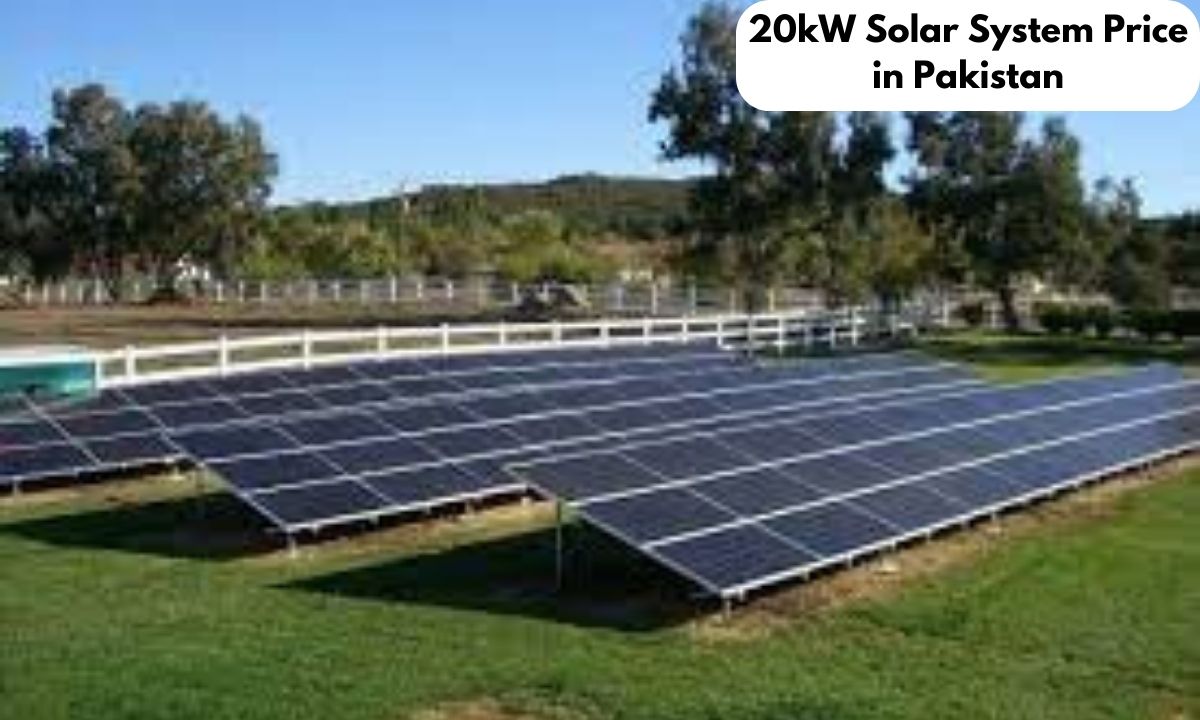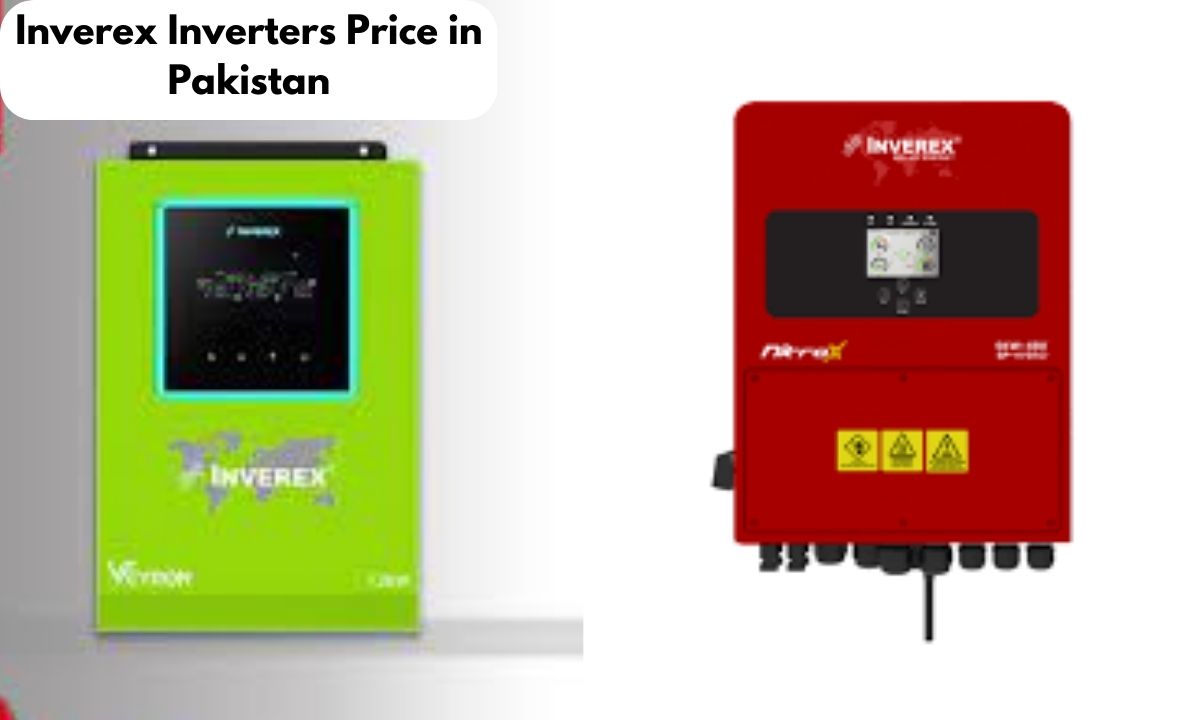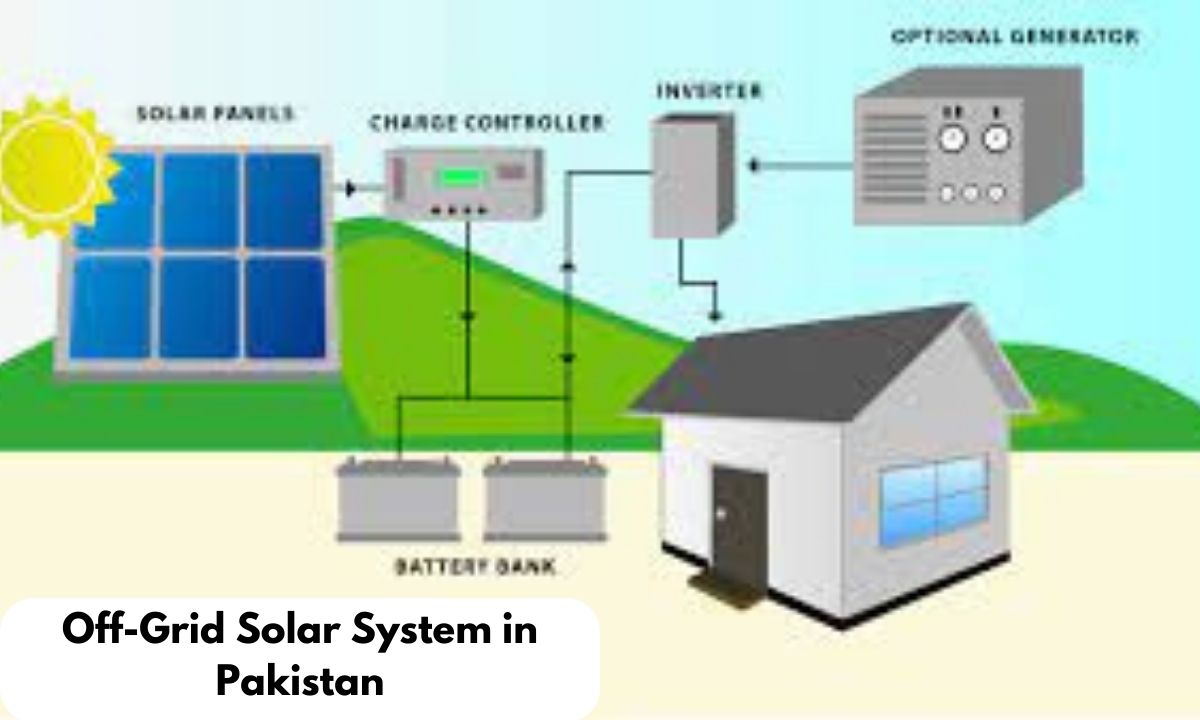Advantages and Disadvantages of Solar Panels
Solar energy, a plentiful and potent renewable resource, is playing a pivotal role in the global shift towards cleaner and more sustainable power. Tapping into the sun’s energy using solar panels comes with various perks, like cutting down on electricity costs, serving a wide range of purposes, and demanding minimal upkeep. What’s more, ongoing advancements in solar technology are boosting efficiency and adaptability, and installing solar panels may even boost the value of your property.
However, it’s crucial to recognize the hurdles tied to solar energy. The upfront expenses for buying and setting up solar panels can be steep. Their effectiveness relies on the weather, and the cost of storing solar energy can be significant. Additionally, the installation of solar panels demands ample space, and both their production and disposal have links to pollution.
Despite these challenges, the potential of solar energy is immense. With ongoing innovations and enhancements in solar technologies, the scale may tip further towards the benefits, making solar energy an increasingly practical choice for meeting our energy requirements.

| Advantages | Disadvantages |
| Renewable and inexhaustible energy source | High initial cost |
| Reduces electricity bills | Weather dependence |
| Diverse applications | Expensive energy storage |
| Low maintenance costs | Requires a lot of space |
| Technological development | Associated with pollution |
| Increases property value |
Advantages of Solar Panels
A. The Everlasting Power Source: Solar Energy
Harnessing the sun’s energy, solar power stands out as a renewable and endless source of energy. With the sun expected to shine for another 6.5 billion years, it serves as a long-term solution to our energy needs. Solar panels capture this clean and limitless energy, making them a fundamental building block for sustainable energy systems.
B. Cutting Down Electricity Costs
Embracing solar panels can bring substantial savings on electricity bills. Homeowners can anticipate a reduction of up to 62%, translating to potential monthly savings ranging from $100 to $150 on average. Various factors, including system size, location, energy consumption, and electricity rates, influence these savings.
C. Versatile Energy for Various Needs
Solar energy finds applications across a broad spectrum, spanning residential, commercial, and more. It proves handy for heating buildings, distillation, pumping, and drying agricultural products, and even innovative technologies like solar fabrics and solar-powered roads. This versatility positions solar energy as a pivotal player across different sectors.
D. Minimal Upkeep, Long-lasting Benefits
Solar panels boast low maintenance requirements, designed to endure for 20 to 30 years with minimal upkeep. Annual maintenance costs hover between $300 and $700, a modest investment considering the benefits and savings derived from solar energy systems.
E. Riding the Wave of Technological Progress
The solar energy sector is witnessing rapid technological strides, introducing new materials like perovskite and organic semiconductors. These innovations enhance the efficiency and adaptability of solar panels, making them more potent and flexible in various environments.
F. Adding Value to Your Property
The installation of solar panels isn’t just an energy upgrade; it’s an investment that can boost your property’s value. Viewed as enhancements akin to a renovated kitchen or a finished basement, solar panels make a property more appealing to potential buyers or renters, ultimately increasing its market value.
Disadvantages of Solar Panels
A. Initial Investment Challenge
Getting solar panels involves a pretty penny upfront. On average, folks might dish out between $15,000 and $25,000 for a basic solar setup before tax breaks or perks kick in. This sum covers the panels, the inverter, the racking, and the folks who do the installation. For many homeowners, this hefty initial cost can be a major roadblock when thinking about going solar.
B. Weather’s Influence on Efficiency
Solar panels are a bit picky about the weather. While they’ll chug along in various conditions, they work best on crisp, sunny days. When it gets too hot, their efficiency takes a hit, and any shade or cloud cover can put a damper on their output. Just to give you an idea, for every degree above 77°F, a panel’s efficiency can drop by about 1%. This variability can throw a curveball into the reliability of solar energy, especially in certain climates.
C. Pricey Energy Storage Solutions
Storing sunlight for a rainy day can burn a hole in your pocket. Those solar batteries, the ones that squirrel away extra energy, can tack on a hefty bill. A solo battery might set you back anywhere from $12,000 to $22,000, and if you’re eyeing a full solar setup with battery storage, you’re looking at a bill ranging from $25,000 to $35,000. This extra cost might make solar setups less appealing on the economic front for some folks.
D. Size Matters for Installation
Putting up solar panels requires some real estate. A standard home setup might claim between 100 to 250 square feet of roof space for each installed kilowatt. So, for a run-of-the-mill 5kW system, you’re talking about needing roughly 500-1,250 square feet of roof space without any obstacles. This space demand could be a sticking point for places with cramped or unsuitable roofs.
E. Environmental Considerations
Even though solar panels kick out clean energy, making them isn’t all sunshine and rainbows. The production process involves some dicey materials and chemicals, and figuring out what to do with them once they’ve had their day can be a bit of a puzzle. Still, the environmental impact tends to be less than what you’d get with traditional energy sources.
Conclusion
Solar panels, serving as a way to tap into solar energy, come with a mix of good and not-so-good aspects. On the positive side, they provide a source of energy that keeps on giving, can chop down your electricity bills, have many uses, need minimal TLC, keep evolving with technology, and can bump up your property’s value.
However, they do ask for a hefty upfront payment, dance to the weather’s tune, demand pricey energy storage, take up a chunk of space for installation, and have a bit of a messy connection to pollution during their making and disposal.
Despite these hiccups, the road ahead for solar energy looks promising. Thanks to ongoing tech tweaks that boost efficiency and cut costs, solar energy is gearing up to become a bigger player in the global energy scene.
The scale of pros and cons is likely to tip more in favor of solar energy, making it a more doable solution for our energy needs. The potential of solar energy is huge, and with continued innovations and refinements in solar tech, it’s bound to become an even more crucial part of our sustainable energy journey.





